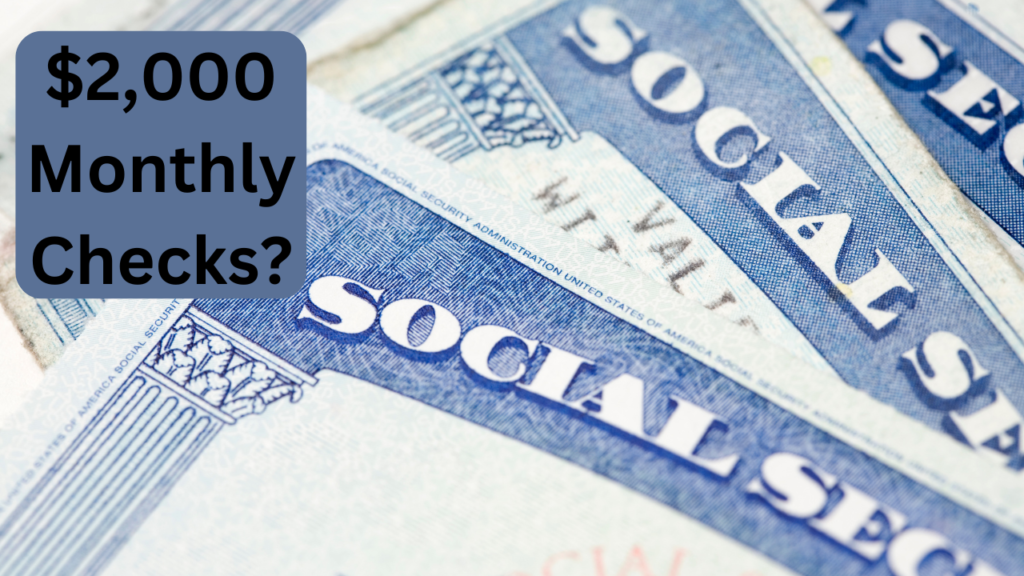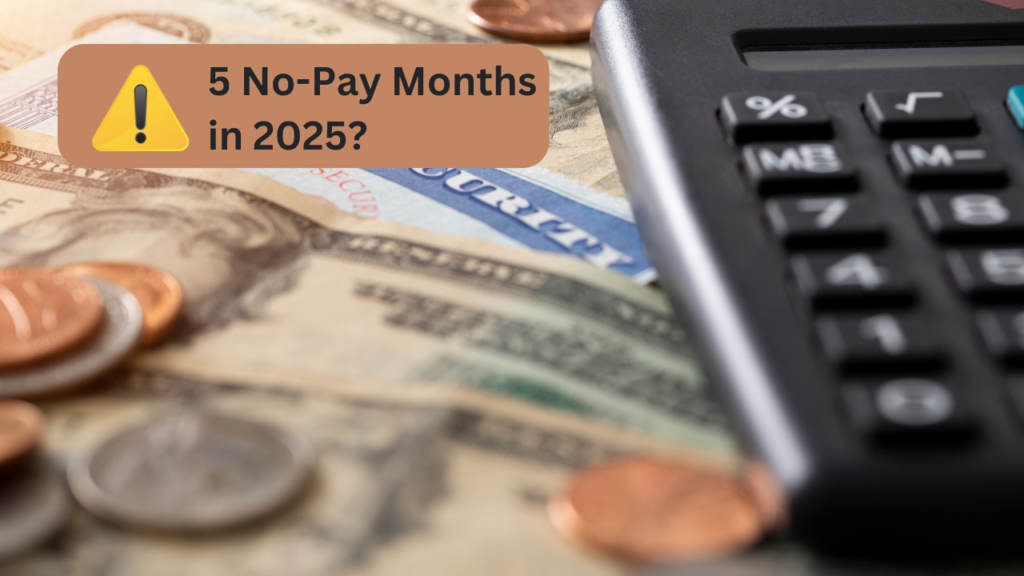In a time where financial instability is a reality for millions of Americans, a new study has emerged, proposing a solution that may offer the best path forward: ongoing $2,000 monthly checks specifically targeted at low-income individuals.
This approach, as outlined in the study, could have a profound impact on the economy, especially when compared to the broad, one-size-fits-all stimulus payments issued during the pandemic.
Let’s dive into the details of this study and explore why this strategy could be a game-changer.
The Case for $2,000 Monthly Checks!
A recent study suggests that providing $2,000 monthly checks to low-income individuals is a more effective and efficient way to stimulate the economy.
Unlike previous stimulus payments, which were distributed to approximately 85% of the population, this approach would focus on a much smaller group, specifically those who truly need financial assistance.
According to the study, this targeted approach would not only help those in need but also mitigate some of the negative consequences seen in past stimulus efforts.
Why Social Security Is a Fire-Breathing Dragon for Disability Applicants?
Why Not Everyone Should Receive a Check?
Reflecting on the stimulus checks distributed in 2020 and 2021—totaling $3,200 per person across multiple payments—it becomes clear that not everyone needed these funds. ‘
While many people gladly accepted the money, the broad distribution led to significant inflation, supply chain issues, and other economic challenges.
The study emphasizes that sending checks to a smaller, more focused group of people—those who are low-income or on fixed incomes—would be far more beneficial and would reduce the risk of these broader economic problems.
The Marginal Propensity to Consume: A Key Factor!
The study introduces the concept of Marginal Propensity to Consume (MPC), which essentially measures how likely different groups are to spend additional income.
High-income individuals, categorized as having a low MPC, are less likely to spend stimulus money quickly, often saving or investing it instead.
On the other hand, low-income individuals—those with a high MPC—are more likely to spend a large portion of the money they receive almost immediately.
This immediate spending is exactly what the economy needs to stimulate growth, making low-income individuals the ideal recipients for targeted stimulus checks.
$517 This Month? Find Out If You Qualify for the Special August 28th Social Security Payment!
How $2,000 Monthly Checks Would Work?
The proposed $2,000 monthly checks would be distributed over a short, specified period—anywhere from two to five months—and would focus on a select group of people, estimated to be between 50 million to 100 million individuals.
This is a much smaller percentage of the population compared to previous stimulus efforts, which targeted 85% of Americans.
By narrowing the focus, the study suggests that the overall cost of the program would be significantly lower, while still achieving the desired economic impact.
The Economic Impact: More Bang for the Buck!
One of the study’s key findings is that this targeted approach could achieve the same, if not better, economic stimulation as the broader stimulus payments, but at a fraction of the cost.
By providing funds to those who are most likely to spend them immediately, the money would circulate through the economy faster, driving demand for goods and services without the same level of inflationary pressure.
This approach would avoid the pitfalls of past stimulus efforts, such as the supply chain disruptions and inflation spikes that followed the 2020 and 2021 payments.
Will Middle-Class Retirees Benefit from Harris’s Social Security Changes?
Why This Matters Now?
With the economy still facing uncertainty, this study provides valuable insights into how future stimulus efforts could be more effective.
The idea is not just to provide financial relief, but to do so in a way that benefits both the recipients and the broader economy.
By focusing on those who need it most, we can avoid the negative consequences of past efforts while still providing the necessary support to keep the economy moving forward.
Final Thoughts
The study’s findings offer a compelling argument for rethinking how we approach economic stimulus. Instead of broad, sweeping payments, a more focused approach could provide better results for both individuals and the economy as a whole.
While no such payments are currently approved, this study could serve as a blueprint for future efforts, ensuring that any financial aid provided is as effective and efficient as possible.
As we look to the future, the idea of targeted $2,000 monthly checks for low-income Americans could very well be the key to navigating economic challenges without repeating the mistakes of the past.



